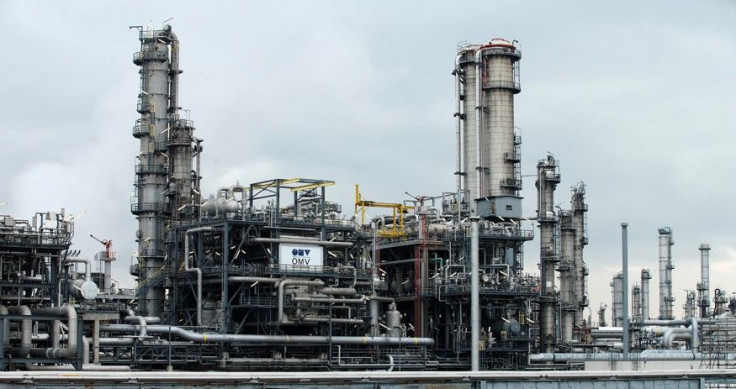Crude oil prices drop to 12-year low

Oil prices have witnessed a downfall once again, but this time to the lowest level in 12 years since December 2003.
The oil value now and what it was 12 years ago are similar, but the market situations are hugely different. Twelve years ago, the process tended to move upward because of the increasing Chinese imports at a double-digit percentage rate.
On Monday, the oil market saw plunges in prices to more than six percent. This decline came as a result of the slowing Chinese economy, knocking crude oil into the US$20s (AU$30s). China’s blue-chip shares fell to five percent, which led to the rise in the interest rate for yuan outside China overnight to nearly 40 percent. This amounted to the maximum value since the foreign market was launched.
Morgan Stanley had already warned that the devaluation of yuan could lower oil prices. US West Texas crude oil prices fell to US$31.37 (AU$44.9) per barrel, the lowest level in 12 years. The US benchmark Brent price slipped to 6.6 percent to US$31.31 (AU$44.7) per barrel. The lowering of oil prices extended to 2016’s 15 percent slide.
Traders believe that the second largest oil consumer, China, might demand lesser volume of the commodity in 2016. “What we’ve really seen is a bit of a capitulation whereby many people who are holding some hope – a beacon of hope for oil – have now basically taken their bets off the table and we’ve seen oil really hit,” Elio D’Amato, the chief executive of Lincoln Indicators said as quoted by the ABC.
Oil output outpaces market demand in spite of the producers’ initiative to cut expenditure in billions of dollars and reduce new drilling. On Monday, crude prices for February also indicated a significant fall, accounting to 5.3 percent per barrel as indicated by New York Mercantile Exchange.
The tumbling oil prices comes as a result of issues relating to demand and supply.






